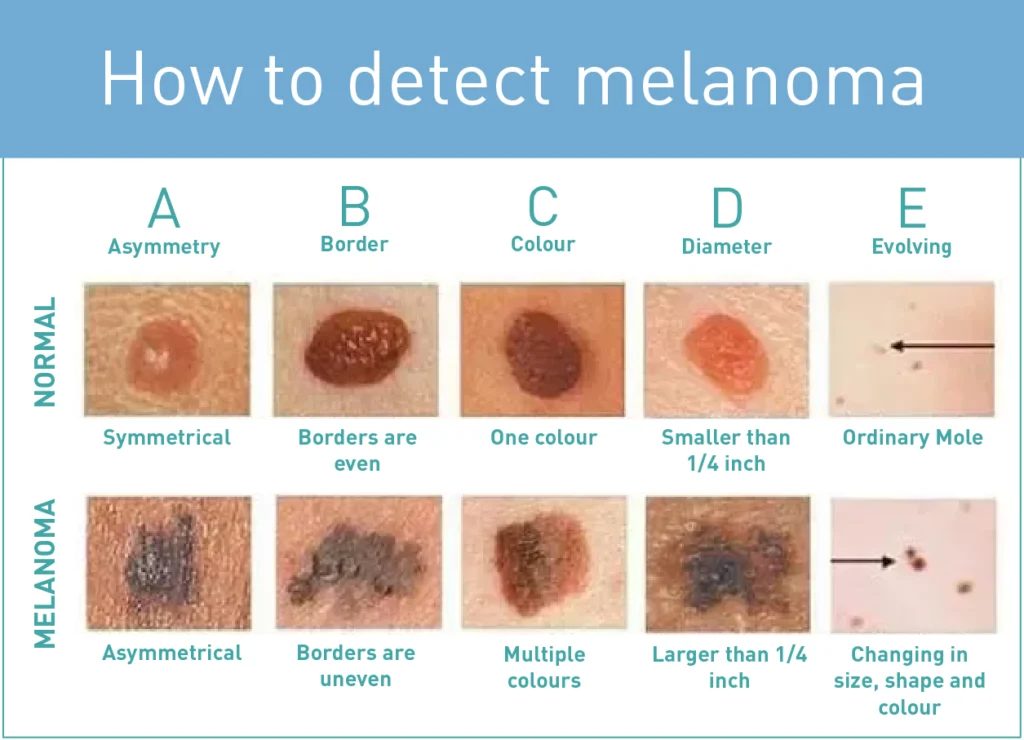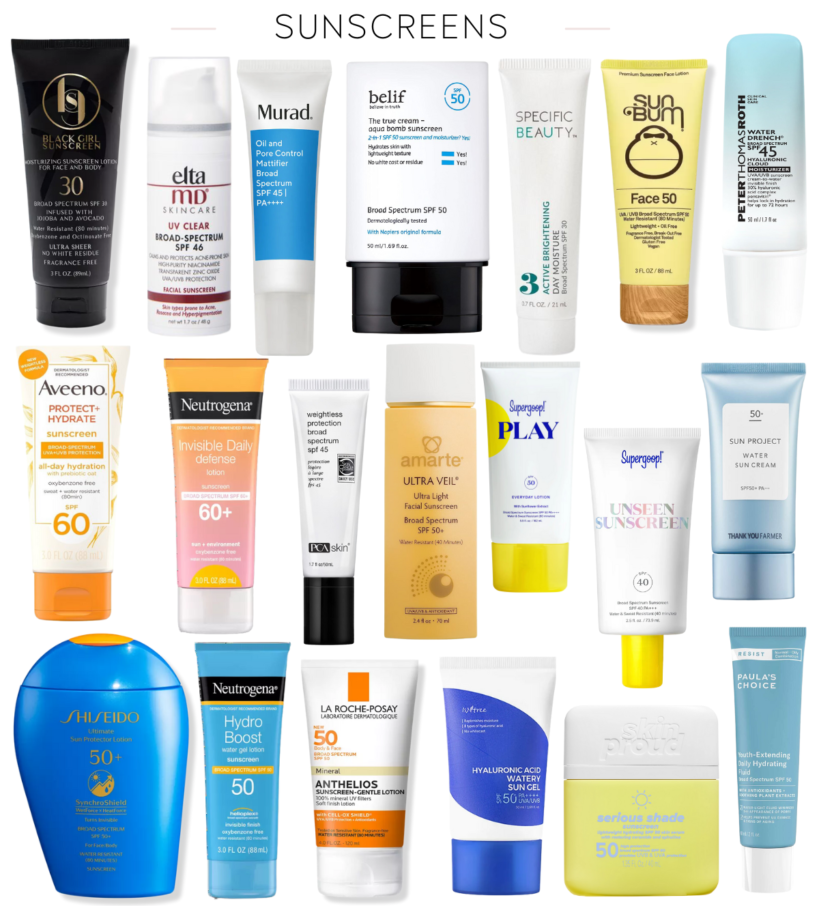
Australia is known for its beautiful beaches, sunny weather, and love of the outdoors — but our strong sun also means we face one of the highest rates of skin cancer in the world. In Queensland, where UV levels are extreme for most of the year, having a regular skin check could literally save your life.
If you have fair skin, spend a lot of time outdoors, or have a family history of melanoma, it’s especially important to make skin checks part of your health routine.
The Harsh Australian Sun: A Hidden Danger
The Australian sun is intense. Because of our location close to the equator and the thin ozone layer, UV radiation is stronger here than almost anywhere else. Even on cloudy days, UV rays can penetrate the skin, causing DNA damage that leads to premature ageing, sunspots, and potentially skin cancer.
UV damage is cumulative — it adds up over your lifetime. That’s why those long summer days at the beach or backyard BBQs can have lasting consequences if your skin isn’t protected.
Why Queenslanders Are at Higher Risk of Skin Cancer
Queenslanders enjoy the outdoors year-round — surfing, swimming, and playing sport under the blazing sun. But this lifestyle, combined with high UV exposure, means Queensland has the highest rate of skin cancer in Australia.
Research shows that two in three Australians will be diagnosed with some form of skin cancer before the age of 70. Fair-skinned people, especially those who burn easily, have freckles, or red or blonde hair, are particularly vulnerable.
And if you’ve ever had severe sunburn — especially as a child or teen — your skin cancer risk is even higher.
Melanoma and Family History: Know Your Risk
If melanoma runs in your family, your risk is significantly increased. Genetic factors influence how well your skin repairs UV damage. That’s why anyone with a family history of melanoma or non-melanoma skin cancers should have professional skin checks at least once a year — sometimes more often if advised by your doctor or dermatologist.
Early detection is crucial: when melanoma is found early, treatment success rates are over 90%. Once it spreads, however, it can become far more dangerous.

The Importance of Early Detection
The best way to protect yourself is through regular professional skin checks. A trained GP or dermatologist can detect suspicious moles, freckles, or lesions that you may not notice yourself.
During a skin check, your doctor will:
- Examine your skin using a dermatoscope (a magnifying light device)
- Record and monitor any new or changing spots
- Recommend biopsy or removal if anything looks suspicious
Between professional checks, perform monthly self-examinations. Look for:
- New or changing moles
- Asymmetrical or unevenly coloured spots
- Sores that don’t heal
- Lesions that itch, bleed, or look different from the rest
If in doubt — get it checked.
Protect Your Skin Every Day
Prevention is just as important as detection. Follow the Slip, Slop, Slap, Seek, Slide rule:
- Slip on protective clothing
- Slop on SPF 50+ broad-spectrum sunscreen
- Slap on a wide-brimmed hat
- Seek shade between 10am and 3pm
- Slide on wrap-around sunglasses
Reapply sunscreen every two hours, and even more often if swimming or sweating.

Make Skin Checks a Lifesaving Habit
Booking a skin cancer check in Queensland should be as routine as visiting your dentist. It takes less than 30 minutes and could save your life.
So before your next big day out in the sun, take a moment to protect yourself. Book a skin check with your GP or dermatologist — because early detection saves lives.

